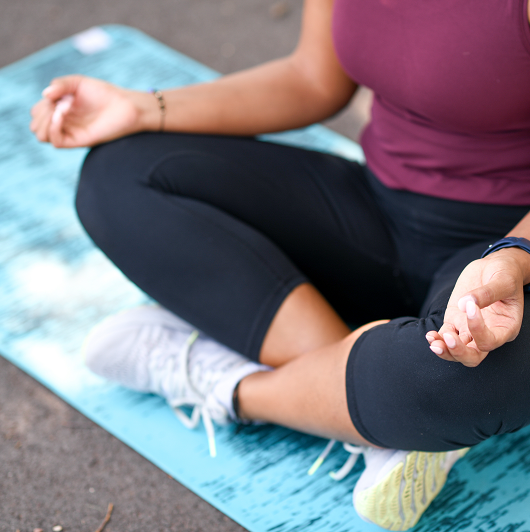What Happens to Your Brain and Body When You Exercise

May 09, 2023
Imagine you are doing something active. Your heart beats faster, your breathing picks up and your skin starts to glisten. You might even feel unexplainably happy to be doing what you’re doing — that mythical “runner’s high.”
Those responses come from important scientific processes happening from head to toe, suggests Gary Small, M.D., behavioral health physician-in-chief at Hackensack Meridian Health. And while you may not realize it, each process is creating connections between the mind and body that help you feel better, inside and out.
“Physical exercise is one of the most important things you can do to protect your mind,” Dr. Small says. “It does a lot of different things that together can create a big difference in your everyday physical and mental health.”
Here’s What Happens When You Exercise
When you exercise, lots of things happen at once. The heart pumps oxygen and nutrients throughout your body, supplying it with the energy it needs to keep up. At the same time, your body produces endorphins, our so-called “feel-good” hormones.
“If you do enough cardiovascular conditioning, you smile,” Dr. Small says. “That’s those endorphins lifting your mood and also changing your perception of pain so that you don’t feel so many aches.”
Exercise also reduces inflammation throughout the body and your brain. This benefits everyone, but especially older people who commonly have excess inflammation that can contribute to anxiety, depression and memory problems.
Another benefit of physical activity: brain growth. One study found that after six months, daily walkers had significant growth in the part of the brain that controls memory. Non-walkers had shrinkage in that same area.
“It turns out, the bigger your brain, the better your brain,” Dr. Small says. “So if somebody calls you a fat head, it’s actually a compliment.”
3 Kinds of Exercise to Fit into Your Week
Health experts like Dr. Small suggest three types of exercise: aerobic, strength and balance.
- Aerobic exercise gets your heart pumping for optimal oxygen and nutrient circulation to your body. Things to try include brisk walking, dancing, jogging, hiking or even active yard work.
- Strength training builds lean muscles and helps you maintain the strength and mobility you need to do the things you love to do. Things to try include bodyweight exercises (like standing push-ups) or exercises using equipment such as resistance bands or weights. Just remember to work with a trainer to learn how to use equipment safely.
- Balance work helps build a stronger core to prevent back pain as well as the risk of falls and head injuries that can jeopardize cognition. Things to try include walking backward and balance poses (like standing on one foot).
National guidelines recommend all adults get at least 150 minutes of moderate aerobic activity per week, which works out to about 22 minutes per day. In addition, aim for at least two days per week of strength training — and if you’re over 65, throw in some balance exercises too.
Dr. Small says good options include those that incorporate multiple exercise types into a single activity, like yoga.
Next Steps & Resources:
- Our source: Gary Small, M.D.
- To make an appointment with Dr. Small or another physician near you, call 800-822-8905 or visit our website.
The material provided through HealthU is intended to be used as general information only and should not replace the advice of your physician. Always consult your physician for individual care.






